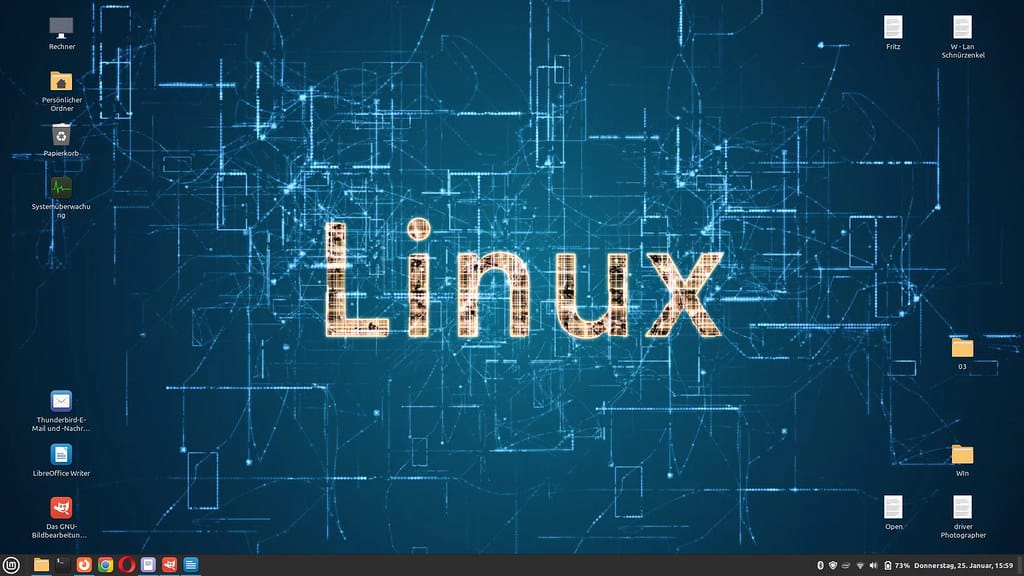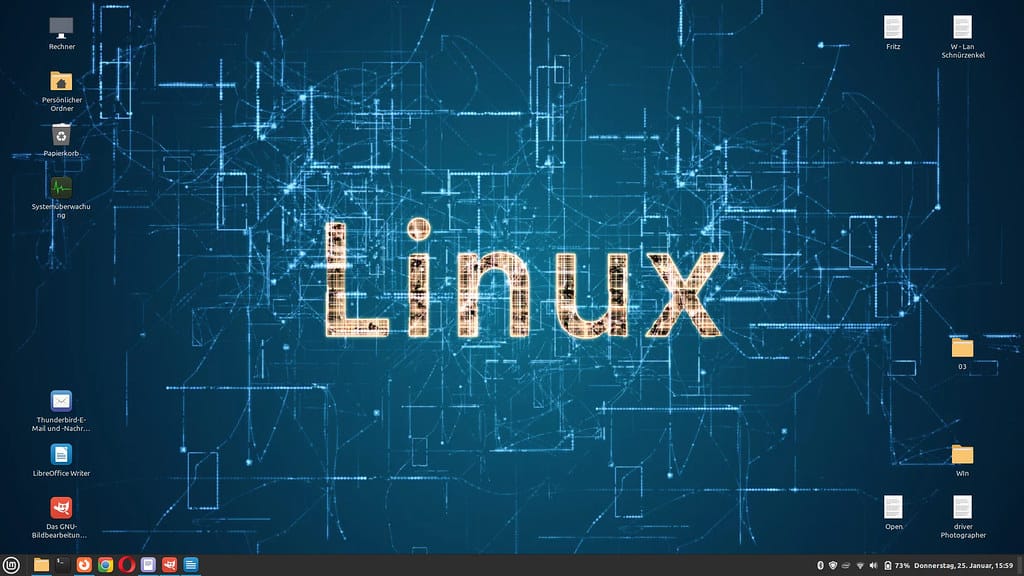GNOME 49 'Brescia' Arrives: Major Linux Desktop Update Brings AI Integration and Performance Boosts
The Linux desktop landscape just got a significant upgrade with the release of GNOME 49 'Brescia', marking one of the most substantial updates to the popular desktop environment in recent years. This latest version introduces artificial intelligence features, enhanced performance optimizations, and a refreshed user interface that promises to modernize the Linux desktop experience for millions of users worldwide.
Artificial Intelligence Takes Center Stage
GNOME 49's headline feature is its integration of AI-powered tools directly into the desktop environment. The new "Intelligent Assistant" provides contextual suggestions for file organization, smart search capabilities that understand natural language queries, and automated workflow suggestions based on user behavior patterns.
The AI features extend beyond simple automation. The updated Files application now includes intelligent file categorization, automatically tagging documents, images, and media files with relevant metadata. Users can search for files using descriptions like "presentation from last month about budget" rather than remembering exact filenames.
These AI enhancements represent a significant shift in GNOME's philosophy, embracing modern computing trends while maintaining the desktop environment's commitment to user privacy. All AI processing occurs locally on the user's machine, ensuring sensitive data never leaves the device.
Performance Improvements Deliver Noticeable Gains
Under the hood, GNOME 49 introduces substantial performance optimizations that address long-standing user concerns. The development team reports up to 30% faster application startup times and a 25% reduction in memory usage across core system applications.
The improvements stem from extensive code refactoring and the adoption of newer graphics rendering technologies. The updated compositor now leverages hardware acceleration more efficiently, resulting in smoother animations and better performance on both high-end systems and older hardware.
Battery life on laptops sees notable improvements as well, with power management enhancements extending usage time by an average of 45 minutes during typical workflows. These optimizations particularly benefit users of ultrabooks and other portable devices where battery efficiency remains crucial.
Redesigned Interface Emphasizes Simplicity
GNOME 49 introduces subtle but meaningful interface refinements that enhance usability without disrupting familiar workflows. The updated Activities Overview features improved visual hierarchy, making it easier to locate and switch between applications and workspaces.
The notification system receives a complete overhaul, with grouped notifications reducing clutter and new priority levels ensuring important alerts receive appropriate attention. Users can now customize notification behavior more granularly, setting different rules for work hours, focus time, and personal use.
Accessibility improvements feature prominently in this release, with enhanced screen reader support, improved high contrast themes, and better keyboard navigation throughout the interface. These changes reflect GNOME's ongoing commitment to creating an inclusive computing environment.
Developer Tools Get Major Upgrades
Software developers working within the GNOME ecosystem benefit from significant toolchain improvements in version 49. The updated development platform includes enhanced debugging capabilities, streamlined packaging tools, and better integration with popular code editors.
The new "Developer Mode" provides quick access to system logs, performance monitoring tools, and application debugging features without requiring separate installations. This integration aims to lower barriers for developers interested in contributing to GNOME projects or building applications for the platform.
Documentation and development guides receive comprehensive updates, with improved tutorials and examples that reflect current best practices. These resources target both experienced developers and newcomers to the GNOME development ecosystem.
Looking Forward: Impact on the Linux Desktop
GNOME 49 'Brescia' represents more than incremental improvement; it signals the desktop environment's evolution toward modern computing expectations while preserving its core values of simplicity and user control. The AI integration demonstrates how open-source projects can embrace cutting-edge technologies while maintaining privacy and security standards.
The performance improvements address historical criticisms of GNOME's resource usage, potentially expanding its appeal to users who previously opted for lighter alternatives. Combined with the interface refinements, these changes position GNOME as a compelling choice for both newcomers to Linux and experienced users seeking a polished desktop experience.
As GNOME 49 rolls out across major Linux distributions in the coming months, its reception will likely influence the broader direction of open-source desktop development. The successful integration of AI features while maintaining user privacy could serve as a model for other desktop environments navigating similar technological transitions.

